Understanding Vietnamese wealthy
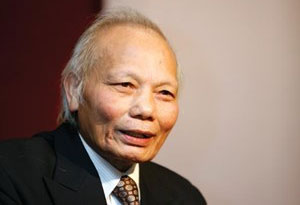 |
There have been some commentaries from all newspapers. However, these commentaries should look into the history of Vietnam’s development and these people’s process of getting rich in order to give an objective account.
Where the wealth comes from
When the country switched from central planning to a market economy, a part of the population became rich by selling drugs, prohibited goods, speculation, corruption, or using their relationship with government officials to enrich themselves and relatives. These people the government should detect and punish according to the law.
However, some people took advantage of the time period to invest in sectors with high profit margins in order to accumulate initial capital and then use it to expand to other sectors and form conglomerates.
The owners of many conglomerates in the private sector got rich from land because they took advantage of the time when the price of land was very low and the government was willing to transfer land to the private sector, both domestic and foreign, pretty easily. When the country became a little more developed through urbanisation and industrialisation, the price of land rose, making some people very rich.
It is not right to attribute this to legal opacity and possible relationship with government officials.
In the years after the 6th National Congress of the Communist Party of Vietnam, most of the country was poor. Local governments issued many policies to encourage investment in the private sector, including renting out land to investors for free or at very low fees.
Some say these few people got rich from land, which is public property. This is not really true, because these people also relied on their own business intuition, in order to go from the initial capital to become owners of big companies.
Vietnam currently has 600,000 companies in the private sector, of which a few thousand are of a larger size, and only a small percentage of these got rich from land.
Many rich Vietnamese people were students who went to study in the USSR (now Russia) and Eastern European countries or workers who went to work abroad and took advantage of the transition to a market economy in those countries to amass wealth. Among these is Pham Nhat Vuong, Vingroup’s chairman. He earned millions of dollars from producing and selling instant noodles and other fast food in Ukraine and many Eastern European countries.
Many Vietnamese who live in the US, Canada, the UK, France and Australia sent billions of dollars to their relatives in Vietnam and the relatives used this money to invest, or they themselves set up companies in Vietnam. Many people who worked for foreign companies returned to Vietnam and used their working experience and earnings to set up their own companies and have been successful.
Thus, it can be seen that the rich of Vietnam amassed wealth not only through land but many other ways, too. However, 168 in a population of 93 million is too few. The Wealth Report expected this number at 403 by 2025. An increase would be a good thing.
The right attitude would be to acknowledge the ones that amassed wealth legally and work with law enforcement agencies to detect and punish those that did so illegally, and try to narrow the income gap between people.
 |
The real role of the real estate market
In the past 30 years of Vietnam transitioning from a central planning to a market economy, the country has made numerous achievements. However, Vietnam is still slow compared to other countries. South Korea started as low as Vietnam when it started industrialisation in the mid-60s, but took only 20 years to become an industrialised country with leading global technology companies, such as Samsung and LG, but after thirty years Vietnam only succeeded in getting out of the group of low-income countries. Vietnam also has very few high-tech companies and its private sector in general has low competitiveness. Labour productivity is low. The government is trying to fix these weaknesses in the recently announced restructuring of the economy to follow a new growth model.
Some say that real estate can help short-term growth but is not a sector that the economy can rely on for the long term. One cannot ignore the importance of real estate in economic growth because this sector is an important contributor by being a significant investment channel, a sector that is directly linked to urbanisation, housing demand, the technical infrastructure, hotels, offices, resorts, tourism, the construction material production industry, and furniture production, not to mention the millions of jobs it creates.
Since the 80s Hanoi only built between 50,000 and 150,000 square metres of apartment buildings each year, the old kind, like the ones in Kim Lien and Giang Vo. They are not only small but also monotonous in design. The tallest hotel was the 11-floor Thang Long Hotel. In the recent years, Hanoi builds 1.5-1.6 million square metres annually, with modern architecture. This changes the face of the city. In 1990, the country produced and used 2 million tonnes of cement. In 2016, these figures were pushing 75 million tonnes produced and 65 million tonnes used.
Between 2008 and 2012, the real estate market was at a standstill. Many companies in construction and real estate sales went bankrupt. Many people became unemployed. Bad debts rose. Construction material and furniture production companies also met a lot of difficulties. Eventually, the government had to deploy rescue measures, including the VND30 trillion ($1.32 billion) loan package for homebuyers. This shows that the real estate sector is really important.
In Hanoi and Ho Chi Minh City there are two urban areas built by foreign-invested companies, namely Ciputra and Phu My Hung. 20 years ago Vietnam was yet to have a big private company in real estate, so the government let Taiwanese and the Indonesian firms build these two modern urban areas in the two biggest cities and gave them many incentives in terms of tax and land rental fees. The developers put in a few hundred million US dollars in each of these two urban areas, but then earned a good few times as much. At that point, the government could not do differently because Vietnamese companies were not yet capable of carrying out such projects. These projects met the demand for housing and through them Vietnamese companies learned the tricks of the trade.
Now there are tens of thousands of real estate developers in Vietnam, including strong companies, such as Vingroup, Sun Group, Dai Quang Minh, and Novaland, among others. They have built modern urban areas with complete facilities and claimed the real estate market as the playground for mostly domestic firms. Only in some cases where it was necessary did the government give projects to foreign investors with high technology and capacity, or let the projects be carried out by cooperation between domestic and foreign companies to increase its quality.
However, it should be noted that big real estate companies need to invest in technology, design, architecture, and process too. Some companies have imported modern equipment and formed a workforce with high qualifications that are capable of designing and creating modern buildings. These firms then went on to set records in terms of construction time, while ensuring the quality of the building.
Positive signs
In recent years, many conglomerates in the private sector expanded operations in many sectors, such as supermarkets, high-tech agriculture, healthcare, and education. Thanks to their financial capacity and their experience in business, they produced good results and earned consumers’ trust. Some five-star hotels in Hanoi, such as Hilton and Daewoo, used to be joint ventures with foreign companies but have been bought by Vietnamese private companies.
A Vietnamese that has made a fortune by selling milk is Thai Huong, chairman of TH Milk. People who have visited her farm, which is a few hundred hectares in area, where she grows grass, rears cows, and produces milk, were amazed. In order to carry out the dream of supplying milk to Vietnamese people, she went to Israel to learn about the most modern technology, hired a company to advise her on growing grass, and bought cows from New Zealand and Australia. In less than 10 years, TH Milk has become one of the two dominant Vietnamese milk companies. It is now in the process of building a project on rearing cows and producing milk on a gigantic scale in Russia.
Thai Huong said that TH Milk aimed to have 137,000 cows by the end of 2017, and that its plants have can meet 50 per cent of the domestic demand for milk through their total capacity of 500 million litres a year. The Asian Book of Records recognised the TH farm in Nghia Dan, Nghe An as the biggest concentrated high-tech dairy farm in Asia.
In 2014 the company started working with government agencies to supply milk to children in kindergartens and primary schools in order to improve the height and health of the Vietnamese populace.
Sapa is one of the most well-known tourism destinations in Vietnam. Since 2016 the town has a cable car developed by Sun Group that carries tourists from Muong Hoa to the Fansipan summit, the highest point of Indochina. The system cost VND4.4 trillion ($193 million). Construction started in November 2013 and the system entered operation in February 2016. Guinness World Records awarded two Guinness certifications for the Fansipan cable system, for the biggest height gap (1,410 metres) between its departure and arrival stations and the world’s longest three-wire cable car (6,292.5 metres).
This project shows that Vietnamese companies are now capable to finance and have the skill to build projects that are complicated both in terms of geography and technology. The project has contributed to attracting domestic and international tourists to Sapa and Lao Cai, create jobs for the people there, and increase local revenues.
Vingroup is a Vietnamese conglomerate that in the past two years has developed hundreds of supermarkets across the country, and invested in high-tech agriculture in many localities. Vingroup has built a supply chain linking producers and distributors using attractive incentives, and it aims to “connect Vietnamese companies in each type of product in order to compete with foreign-invested companies.”
Vingroup has a commission fee of 0 per cent for some agricultural produce that are sold through its supermarkets, while Big C has increased this fee to an unbearable percentage for some Vietnamese companies after it was taken over by Thai investors.
Vingroup has signed a contract with 250 suppliers and agricultural cooperatives to apply new and clean technologies, instruct farmers on how to farm, create a low-cost and fast supply chain for the benefit of producers, companies joining in the chain, consumers, and Vingroup alike.
Vingroup’s forming a supply chain, working with producers and distributors, is a model that many Vietnamese companies in many sectors can learn from. They can create their own supply chains in order to seize new opportunities from the domestic and global market.
Many Vietnamese companies also pay attention to corporate responsibility. They create jobs and set aside a part of their millions of dollars of revenue to do charity, help alleviate poverty, support poor households, and give scholarships to poor students.
Some localities in Vietnam are blessed with geographical ease of access, so they have better infrastructure than others. They attract many foreign-invested projects and see fast socioeconomic growth and are now on the path to modernising themselves, while mountainous localities and those near the borders have numerous difficulties in achieving economic growth. This creates a gap between localities. In recent years many big companies in the private sectors have invested in highways, urban areas, supermarkets, resorts, and industrial parks, as well as planted forests, and contributed to narrowing this gap. These companies helped the government in meeting growth targets at these localities.
At the investment, trade, and tourism promotion conference of Tuyen Quang Povince held at the end of February, some domestic companies registered VND18 trillion ($790 million) in big projects in the coming years. Prime Minister Nguyen Xuan Phuc said he appreciated the companies’ efforts and believed that Tuyen Quang is going to grow faster thanks to the projects.
These prospective projects include building a 30kilometre expressway linking Tuyen Quang city with Hanoi-Lao Cai Expressway, reducing the time needed to travel from Hanoi to Tuyen Quang by 40 per cent. Together with other telecommunication, electricity, and water infrastructure projects, this will help the locality better attract foreign investors. The Prime Minister said that the companies should carry out the registered projects and ensure that all three parties, namely themselves, the province, and the community can benefit.
Vietnam’s process of socioeconomic growth is different from other countries’. Therefore, studies should take into account the different historical context of events in order to be able to offer correct explanations.
| RELATED CONTENTS: | |
| Two Vietnamese in Forbes’ billionaires list | |
| Bill Gates again world's richest man, Trump slips | |
| Viet Nam has 200 super-rich people | |
What the stars mean:
★ Poor ★ ★ Promising ★★★ Good ★★★★ Very good ★★★★★ Exceptional
Latest News
More News
- ADB forecasts 6 per cent growth for Vietnam (April 12, 2024 | 17:17)
- SCB, Van Thinh Phat execs convicted of embezzlement; Truong My Lan sentenced to death (April 12, 2024 | 09:59)
- Finnish kindergarten opens in Hanoi (April 12, 2024 | 09:50)
- Over 746 tonnes of rice allocated to Dien Bien, Bac Kan provinces in between-crop period (April 12, 2024 | 08:54)
- Truong My Lan sentenced to death in major bank fraud case (April 12, 2024 | 08:49)
- Netflix ordered to stop distributing unauthorised games in Vietnam (April 11, 2024 | 17:06)
- Deputy PM highlights incentive policies for rooftop solar power installation (April 11, 2024 | 17:03)
- Former FLC chairman faces securities market manipulation and asset misappropriation charges (April 11, 2024 | 15:34)
- Vietnam sends over 35,900 workers abroad in Q1 (April 10, 2024 | 14:56)
- OVs in Hungary eager to join trip to Truong Sa (April 10, 2024 | 14:52)



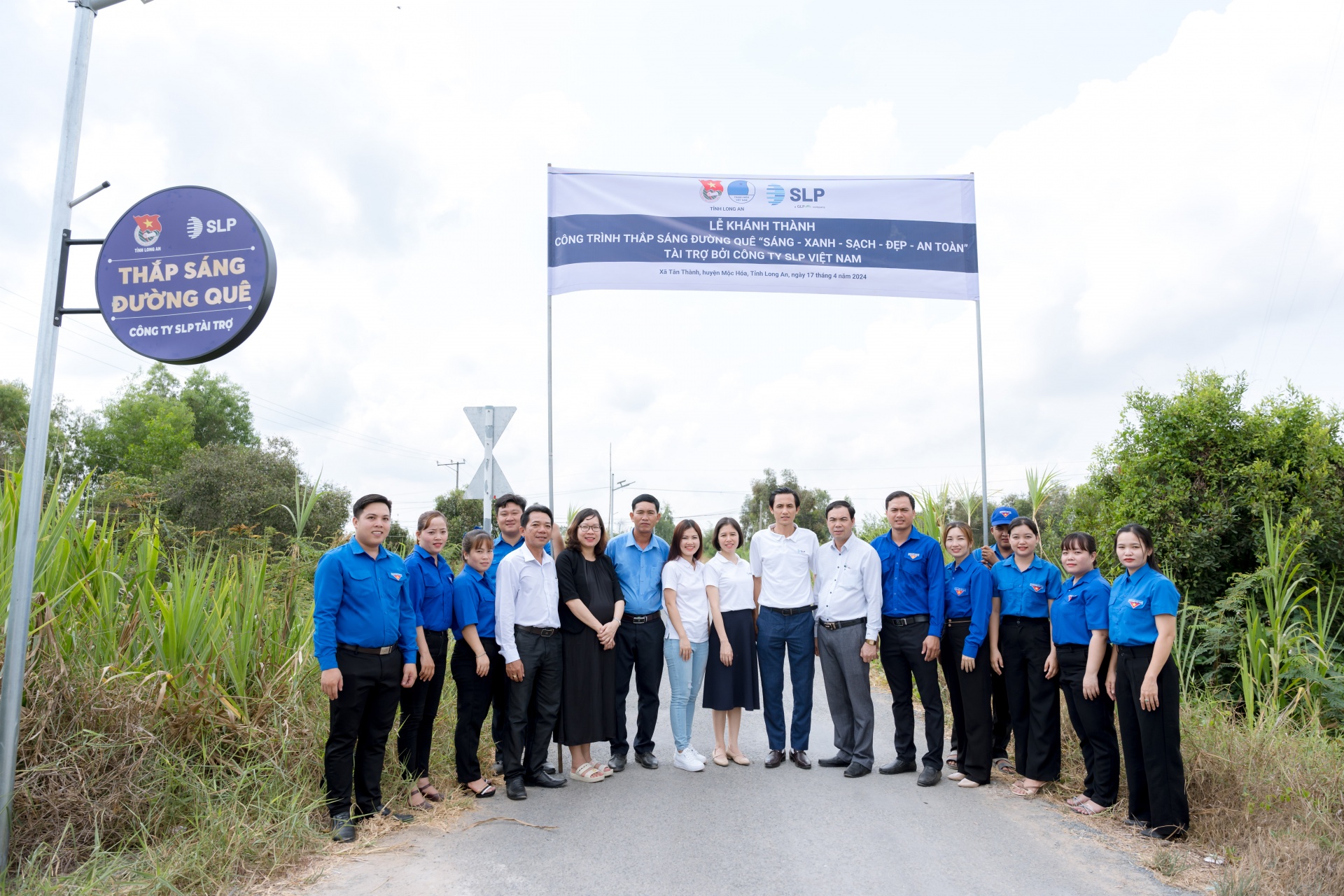
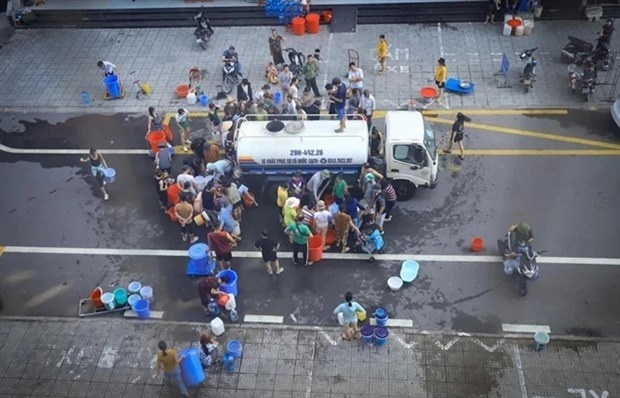
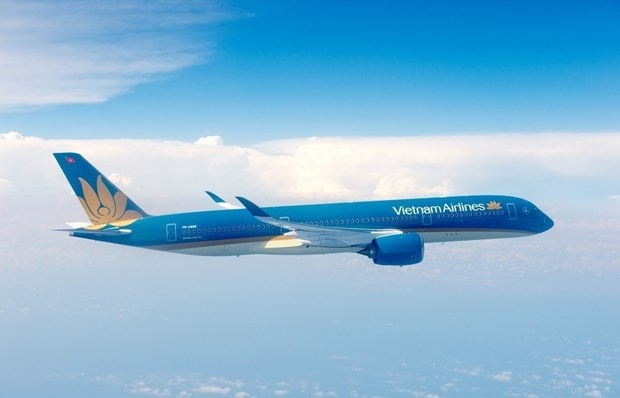
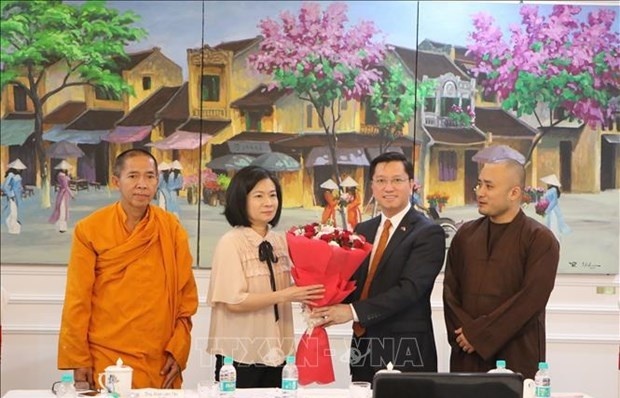
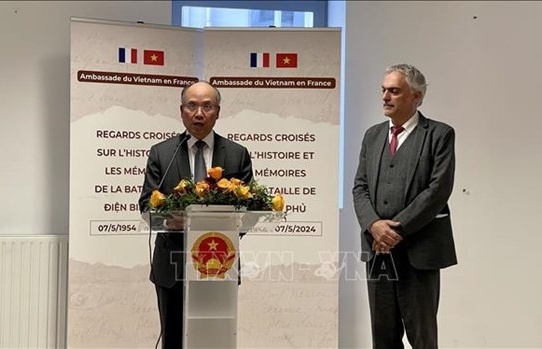










 Mobile Version
Mobile Version